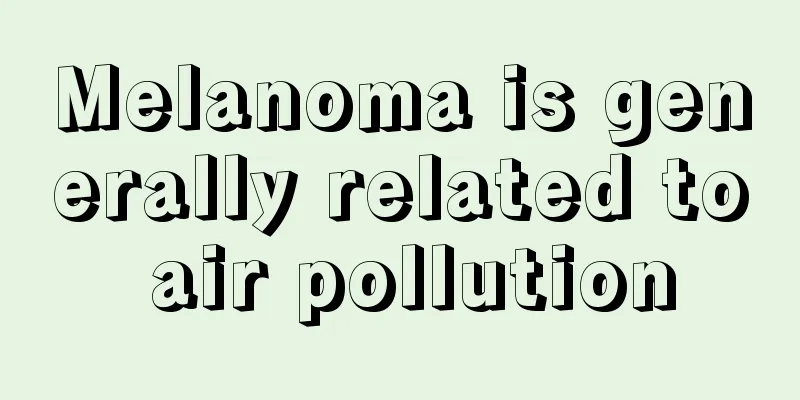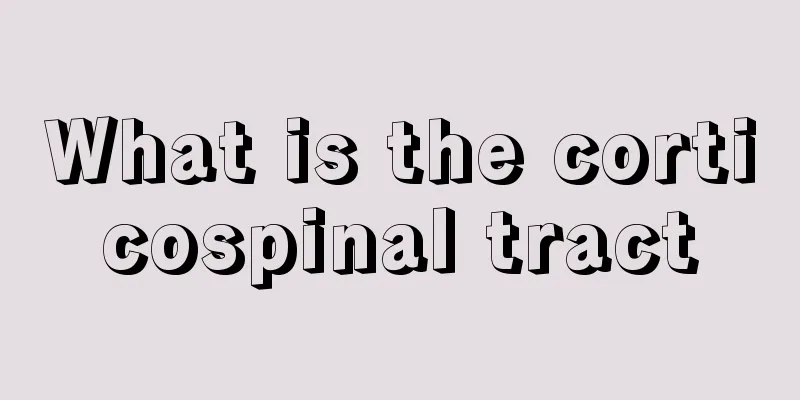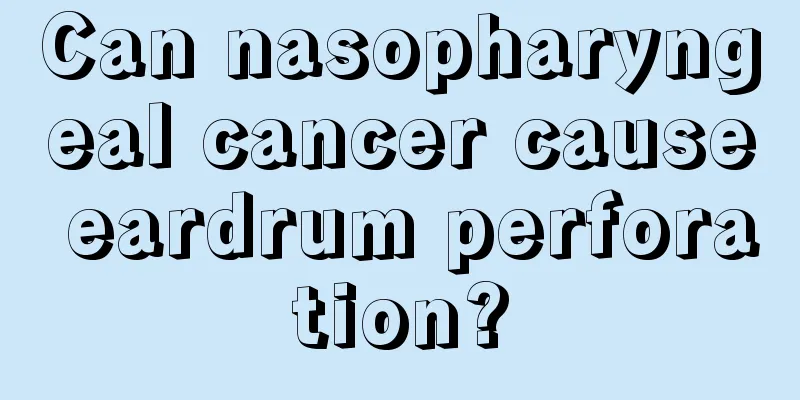How to make anthocyanin dye?

|
Purple vegetables are very common in people’s daily lives, but many people don’t know that purple vegetables also have beauty and health benefits. This is because they are rich in anthocyanins. Of course, in addition to many anthocyanin foods, anthocyanin dyes can also be made, and they are relatively rich. There are also many technologies for extracting anthocyanin dyes. So what are the aspects of anthocyanin dyes? Let’s take a look together below! 1. Determination method of proanthocyanidins (spectrophotometry). This method is applicable to the determination of proanthocyanidins content in various plant tissues, organs and their preparations (such as grape seed and pine bark extracts). 2. Method Summary: Proanthocyanidins (also called condensed tannins) are oligomers and polymers of flavan-3-ols and belong to polyphenol compounds. Unlike other phenolic compounds, flavanols (condensed tannins, monomers, dimers, etc.) can react with vanillin in an acidic medium to generate colored substances with maximum absorption at 500nm, and their content can be measured by colorimetry. 3. Preparation of proanthocyanidins in samples: Plant materials were extracted with 4 volumes of acetone + water (7 + 3, volume ratio) or 60% methanol, and the organic solvent was removed by reduced pressure distillation below 40°C. The aqueous phase was then washed with ether and fixed to volume. The freeze-dried solid proanthocyanidin preparation is directly dissolved in water (a small amount of methanol is first added to aid dissolution) to prepare a proanthocyanidin liquid. The proanthocyanidin solution was stored in a dark environment at 5°C for future use. 4. Sample determination: Wrap the test tube (14mm×20mm) tightly with tin foil, leaving only the tube opening for adding the sample. Add 0.5 mL of the sample into the tube, add 3.0 mL of 4% vanillin methanol solution and mix, then add 1.5 mL of concentrated hydrochloric acid, mix thoroughly, and color develop at room temperature for 15 minutes. The above operations can also be performed in a dark environment. Finally, the colorimetry was performed at 500 nm. The standard curve can be prepared according to the above steps (i.e., the absorbance value of 0.1 mg of proanthocyanidin at 500 nm is 0.55). The above introduces some issues about anthocyanin dyes. Many of us know that anthocyanins are found in many foods, such as purple cabbage, dragon fruit, etc., but we don’t know that anthocyanins can also be used as dyes in advance, and these dyes are harmless and very good to the human body. In addition, the production of anthocyanin dyes is not simple. |
<<: Will staying up late at night cause spots?
>>: Is anthocyanin effective in removing radiation?
Recommend
Pancreatic cancer, the "king of cancer", is very good at disguising itself! Reminder: If you have 5 abnormalities in your body, check for the cause as soon as possible
Uncle Wang and several old friends were sitting o...
What are the main types of bladder cancer?
If it is confirmed to be bladder cancer, in addit...
These 5 types of people are prone to cancer, but they don't have to be afraid if they take good precautions
Although cancer can be prevented and treated with...
What are the symptoms of advanced lung cancer? 4 symptoms of advanced lung cancer
Lung cancer is the most common primary lung malig...
Why does shivering occur in the late stage of liver cancer
Shivering in the late stage of liver cancer may b...
A good way to quickly solve the problem of food stuck in your teeth
A healthy oral cavity is the prerequisite for enj...
What are the clinical manifestations of lung and kidney yin deficiency?
There are several major organs in the human body ...
What are the functions and uses of wine
Since ancient times, steak has been eaten with wi...
Give you a detailed answer to the common causes of gallbladder cancer
Cancer is a very scary disease. To reduce the occ...
Why do my ears always itch?
Everyone must have experienced itchy ears and can...
Common early symptoms of melanoma
Melanoma is a common disease in life. If you know...
How to maintain breast and vagina
The breasts are an important secondary sexual cha...
How do you get prostate cancer
Prostate cancer is a malignant disease of the rep...
What to do if your eyes bleed? Treatment of retinal hemorrhage
Trauma is a very common cause of retinal hemorrha...
How many people want to know the secret recipe for quitting smoking?
Quitting smoking is an idea that many old smokers...









